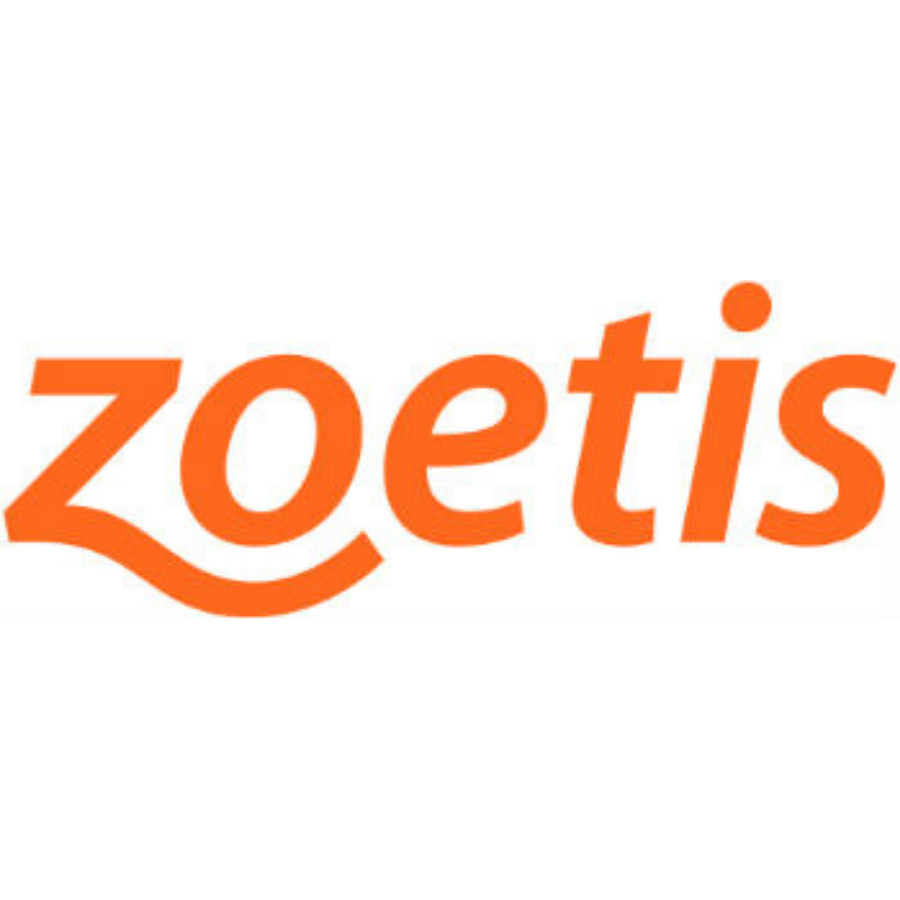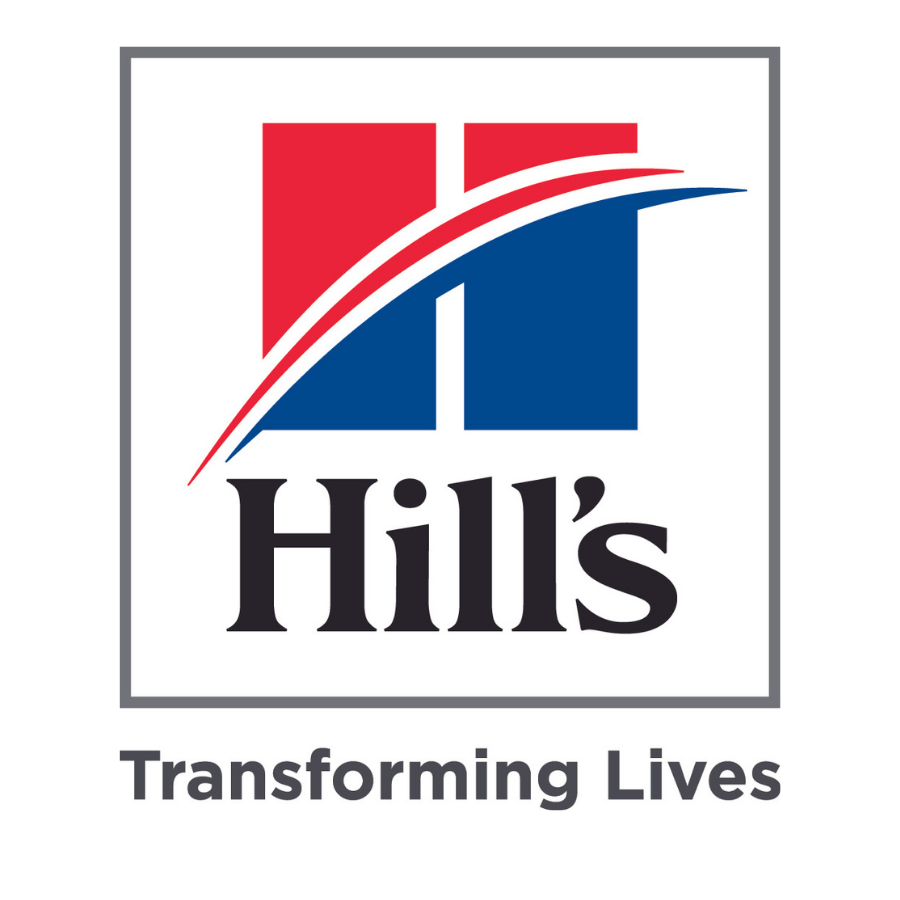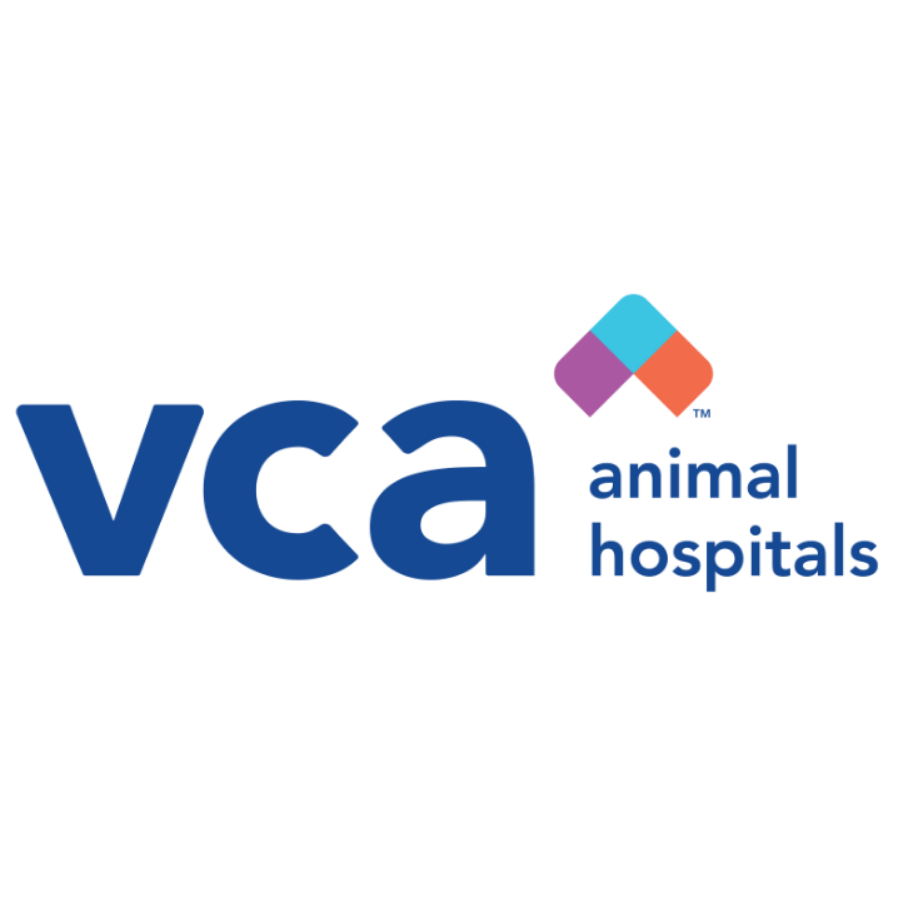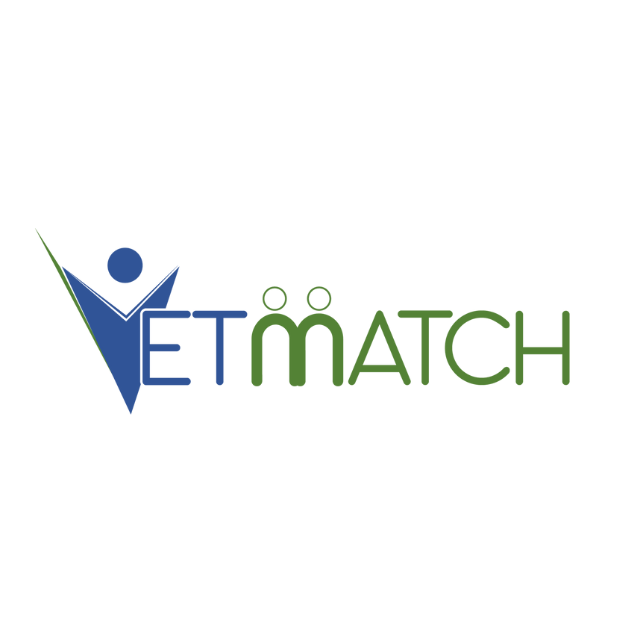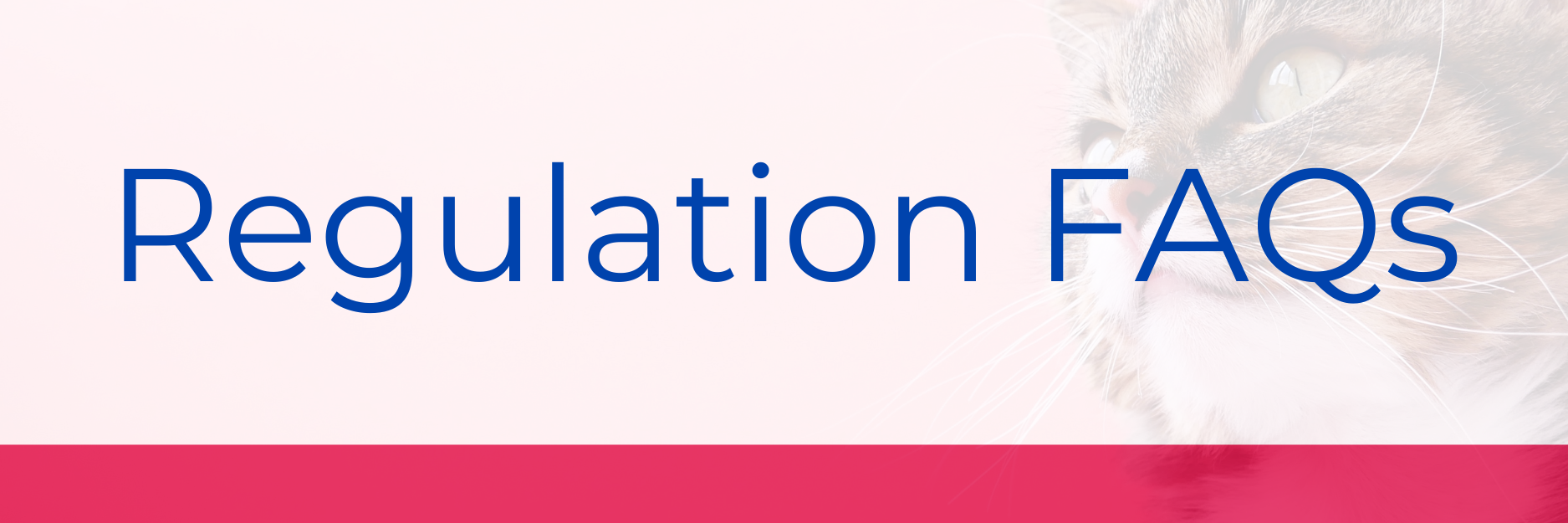
Welcome to the FAQ page regarding the recent changes in the governance of veterinary technicians' practice. Starting January 1, 2023, the State Board of Veterinary Medicine (SBVM) assumed the responsibility of overseeing veterinary technicians. This transition led to certified veterinary technicians obtaining the new designation of Registered Veterinary Technicians (RVT). While title protection is a noteworthy outcome of the regulatory program, it is not the sole impactful change. In this section, we will address common questions and provide valuable information about the new regulations. Please read on to learn more about what it means to be a regulated profession, find links and references to the Veterinary Practice Act (VPA), Rules, and code of ethics, and other relevant details.
To gain a solid understanding of the regulatory process, an excellent starting point is the Glossary of Terms, which provides essential definitions for foundational concepts.
What is the Veterinary Practice Act?
The law that defines and regulates veterinary medicine in Colorado, which is housed in the law governing all regulated professions: Title 12 Division of Professions and Occupations, Articles 315 Veterinarians and Veterinary Technicians. Part 1 contains common elements for all veterinary professionals, as well as sections solely for veterinarians. Part 2 is specific to veterinary technicians, although different sections of the VPA apply to veterinary technicians. Part 3 was added in 2024 and contains specific information regarding telemedicine. You can tell the difference between the different parts of the statute based on the number convention: 12-315-100s for Part 1, 12-315-200s for Part 2, and 12-315-300s for Part 3.
- Section 12-314-104: Defines specific terms applicable to Colorado law, such as supervision levels, practice of veterinary medicine, veterinary technician, VCPR, and many more.
- Section 12-314-105: This section lists out the exceptions to the practice of veterinary medicine, which allows veterinary personnel to complete tasks under the direction and supervision of a licensed veterinarian.
- Section 12-315-123: Details on the Veterinary peer health assistance program, to which a portion of the registration fee is applied. Find out more about the role of this program in assisting veterinary professionals dealing with physical, emotional, or psychological conditions that may be detrimental to their practice.
What's in Part 2: Veterinary Technicians?
Part 2 contains law specifically geared toward veterinary technicians, as defined in Section 12-315-104. Here you will find details on registration qualifications, title protection, renewal and expirations, disciplinary action, and duties.
Is there a consequence for calling yourself a veterinary technician, registered veterinary technician, RVT, or VT as an unregistered individual?
The consequence for an unregistered individual using any of the titles listed above is a misdemeanor beginning 1/1/2024. Title protection is enforced by DORA through a complaint filing process. Reference: VPA Part 2 Section 12-315-204
What can I be disciplined for under the VPA?
Section 12-315-207 outlines the reasons disciplinary action may be taken against a veterinary technician. Some reasons include:
- Fraud, misrepresentation, or deception in obtaining or renewing a registration – both full or provisional
- Conviction of an animal cruelty charge
- Failing to report disciplinary action against a license or credential that allows for the holding of a registration in Colorado (such as a credential with CACVT)
- Conviction of crime in this state or any other
- Habitual or excessive use or abuse of alcohol, habit-forming drugs, or controlled substances
- Any violation of the Veterinary Practice Act
What duties does the VPA legally allow veterinary technicians to perform?
A veterinary technician is authorized to provide care under the direction and supervision of a licensed veterinarian, who is responsible for the veterinary technician's performance. Part 2 does not prohibit a person who is NOT a veterinary technician from performing animal care tasks under the direction and supervision of a veterinarian. Essentially, all animal care tasks can be provided by any individual under the proper level of supervision by a licensed veterinarian.
Reference: VPA Section 12-315-209
What are the Veterinarian and Veterinary Technician Rules and Regulations?
Rules and Regulations are the methods and procedures for enforcing the content of an Act; in this case, the VPA. The Veterinarian and Veterinary Technician Rules and Regulations are adopted by the State Board of Veterinary Medicine to aid in governing our profession. The Rules and Regulations can be viewed as an elaboration on the legal language in the VPA. The Rules are found on the Colorado Secretary of State website.
Which Rules are important to me as an RVT?
Being familiar with the entirety of the Rules is helpful, but here are some that are particularly applicable to practicing as an RVT:
- 1.4 Definitions: this section is an extension of the Definitions in the VPA and includes dentistry and an expansion of VCPR.
- 1.5 Dentistry: this section is very helpful to understand what dentistry is, tasks that can be delegated, and what is needed before practicing dentistry. In 2022, section C was added to clarify that the practice of dentistry may be delegated to veterinary personnel under direct supervision of a licensed veterinarian (meaning they must be on the same premises), EXCLUDING diagnosing and performing surgical procedures. Special directives are offered for teeth floating.
- 1.6 Supervision: the Rules around supervision are crucial to understand. This section elaborates on the instances in which veterinary personnel may be indirectly supervised (meaning a veterinarian in Colorado may direct or supervise veterinary personnel without being in the same location).
- Another little known rule in this section allows for a veterinarian to provide verbal instructions necessary to stabilize a patient before examining a patient in a life-threatening emergency.
- 1.8 Veterinary Technician Registration Requirements: this section outlines all pathways and processes for veterinary technician registrations, including inactivating a registration.
- 1.9 Reporting Change of Address, phone number, or name: this section details the procedure for reporting any change to the State Board of Veterinary Medicine. This is important as you can be disciplined for failing to report a change in any of these details.
- 1.10 Veterinary Medical Ethics and Code of Conduct: Introduction – "In order to safeguard the public health, safety, and welfare and to establish and maintain a high standard of ethics, professional conduct and integrity in the practice of veterinary medicine in this state, the Board hereby establishes the following code of ethical conduct applicable to all licensed veterinarians. Violations of this code may result in disciplinary action by the Board."
- This Rule applies to all veterinary professionals (defined as licensed veterinarians and registered veterinary technicians).
- RVTs must adhere to the Ethics and Code of Conduct to be in compliance with regulation.
- The Primary Consideration is outlined as placing the needs of the patient first, to the best of your ability. This includes relieving disease, diminishing suffering, minimizing pain and fear, and providing patient care.
- This section is a model for practicing ethically in all situations encountered in veterinary medicine.
- 1.11 Record Keeping: familiarize yourself with the legal requirements for all patient medical records by reviewing this section.
- 1.13 Waiver of VCPR regarding medication in an urgent situation: there are some instances in which a veterinarian is allowed to prescribe medication without a VCPR. As RVTs are often the first point of contact, it's important to understand what is legally allowed.
- 1.14 Fining Schedule for violations of the VPA and Rules: because it's good to know the consequences!
- 1.16 Reporting Convictions, Judgments, and Administrative Procedures: this section outlines the processes for reporting any legal action involving a veterinary professional. This is important as the board must be informed within 30 days, or you risk disciplinary action.
|


